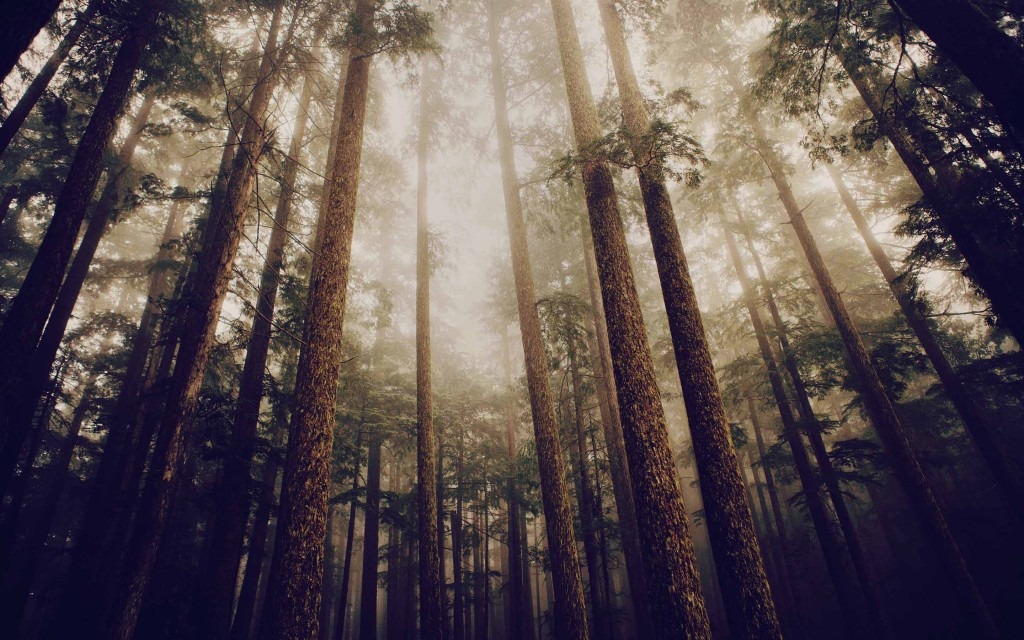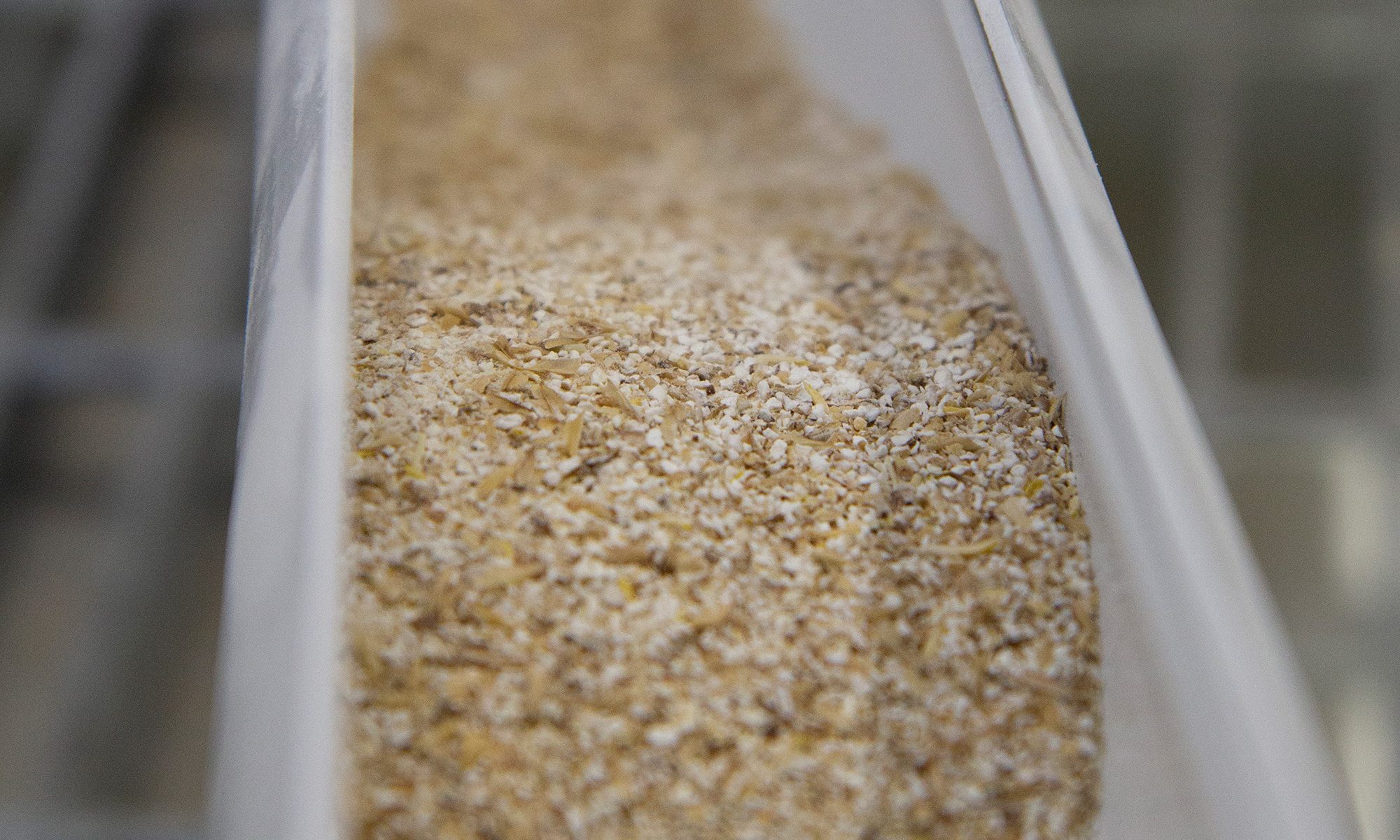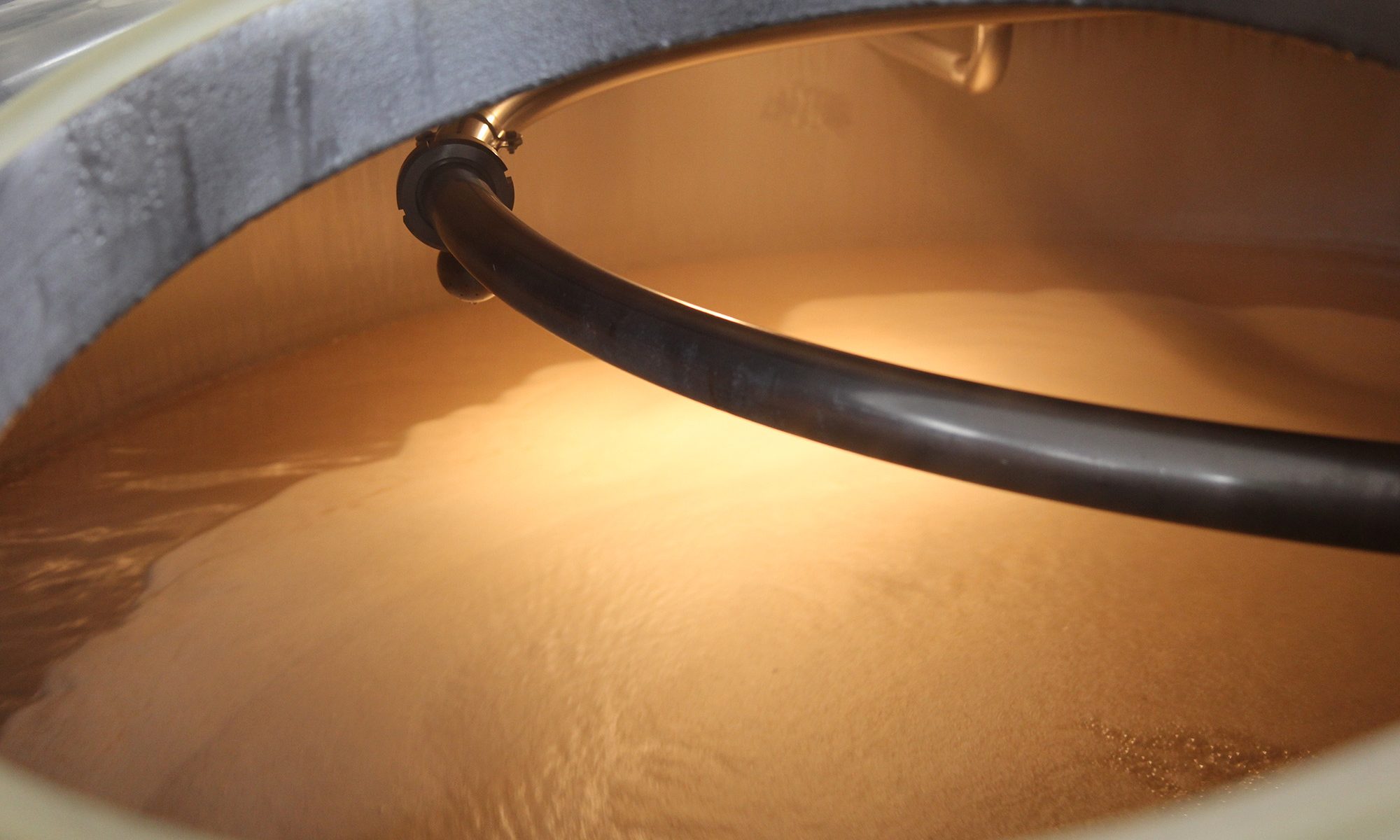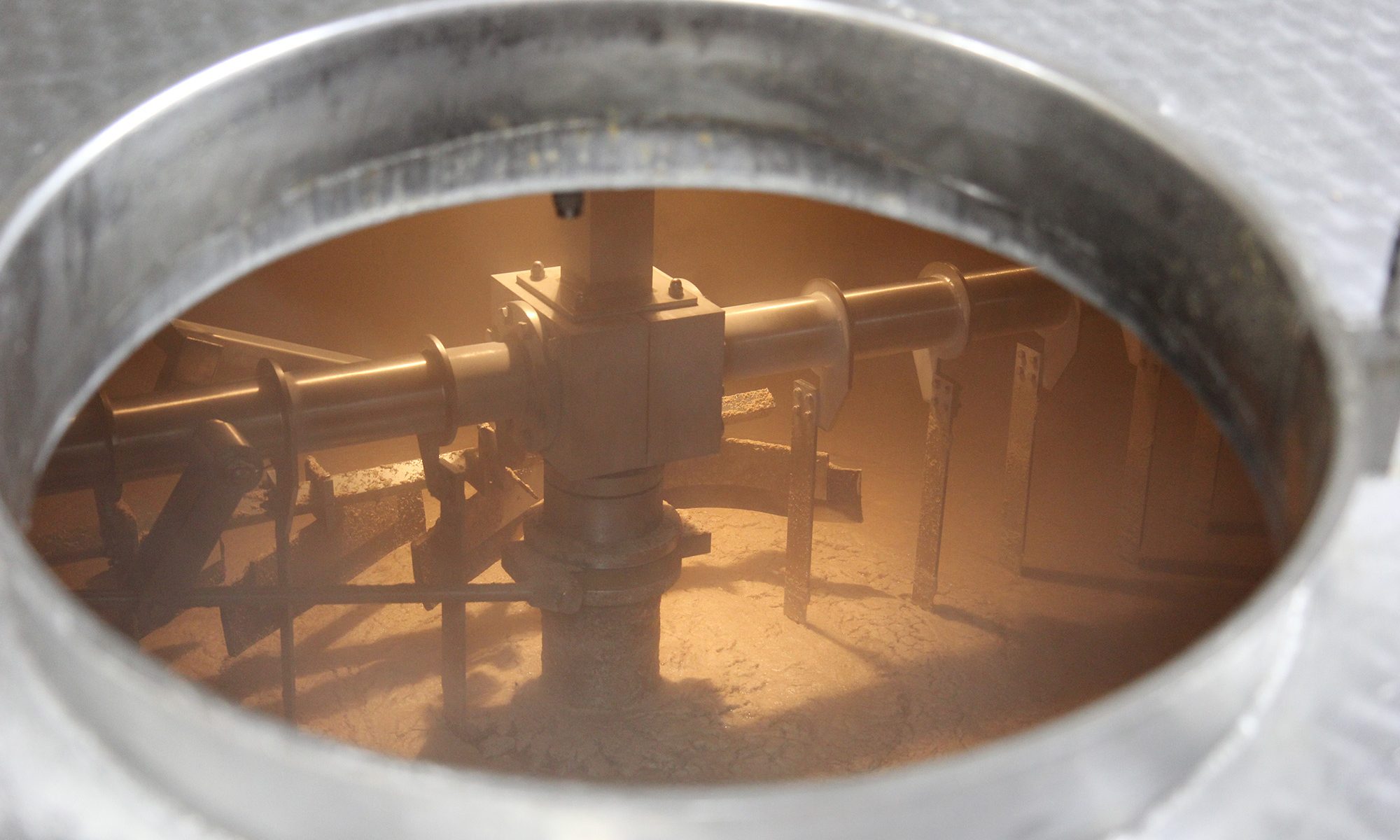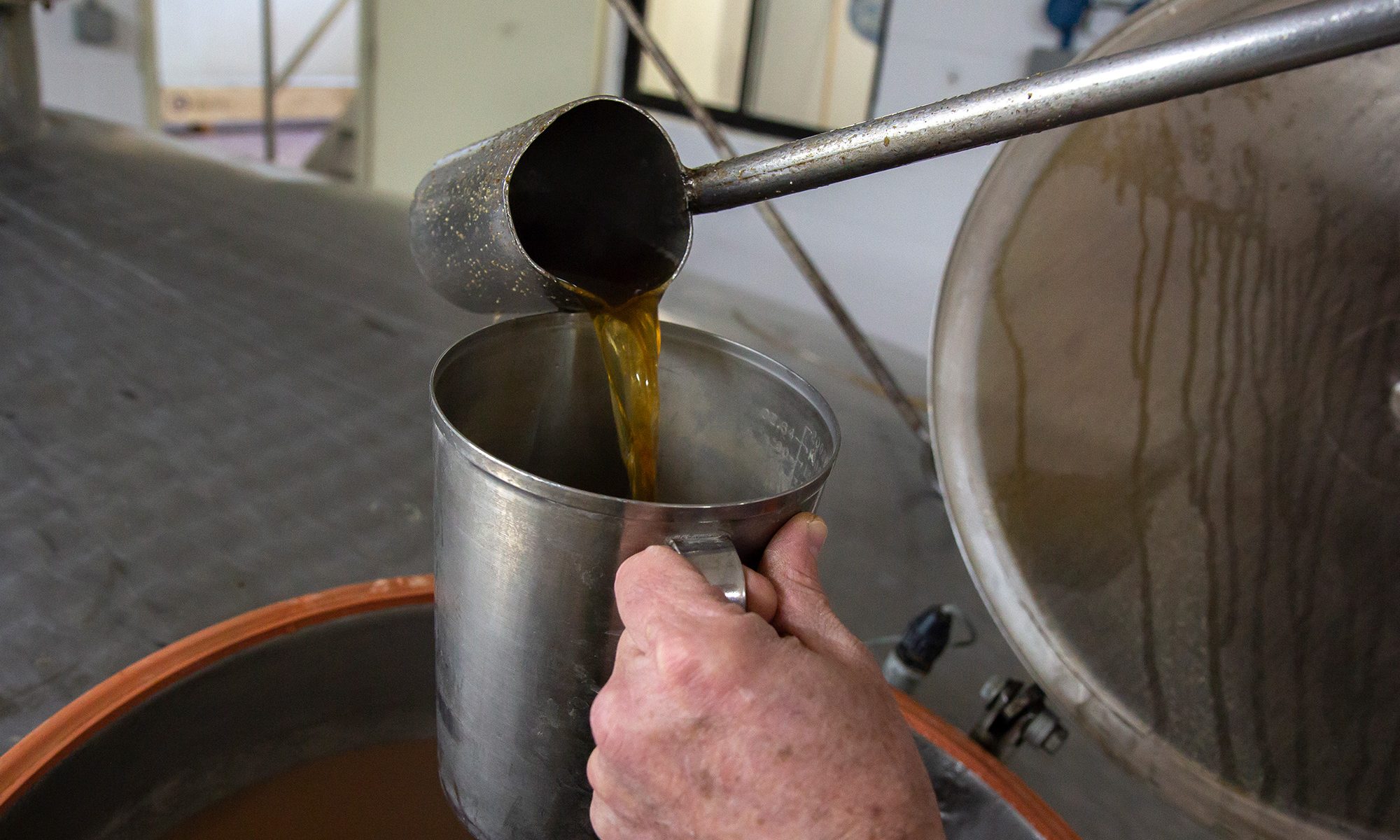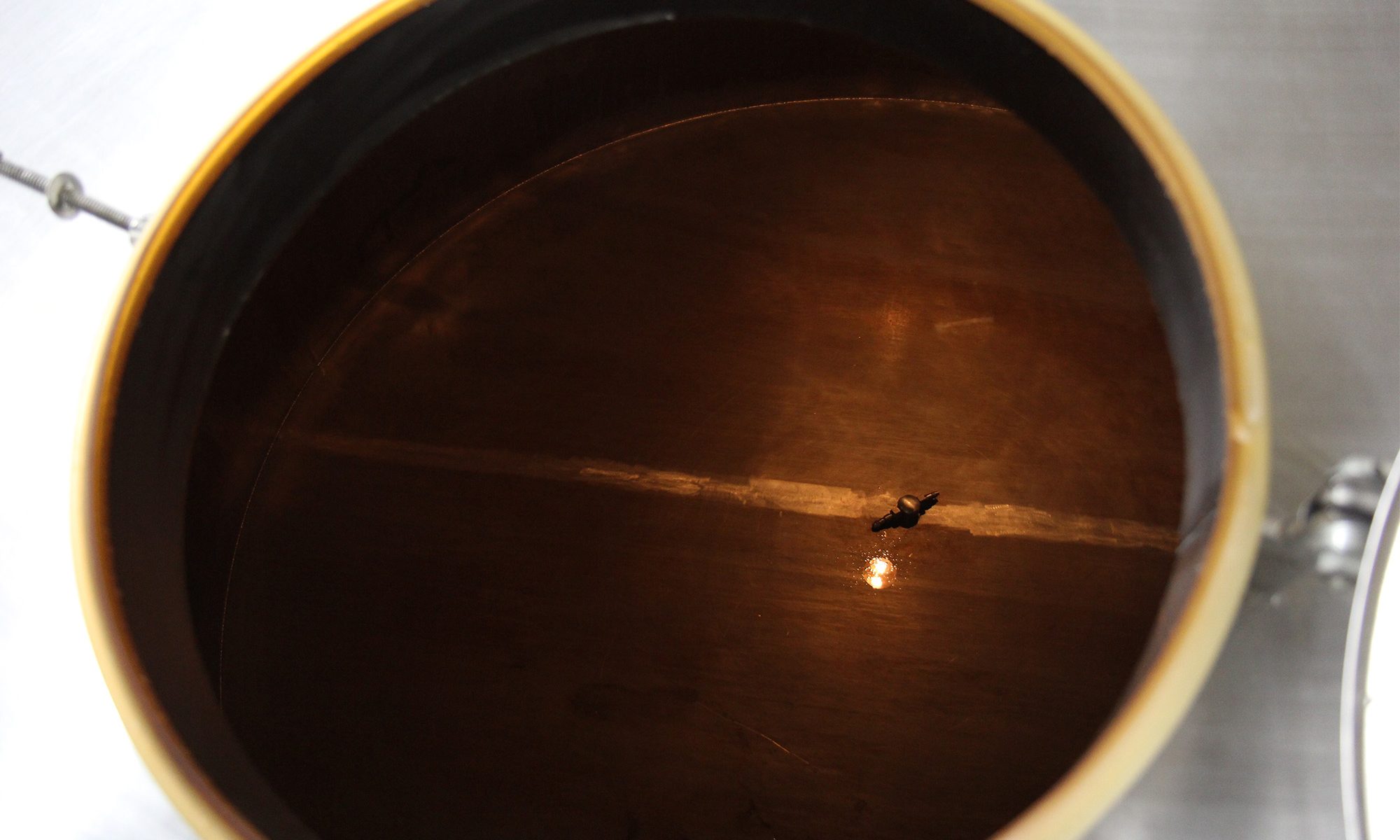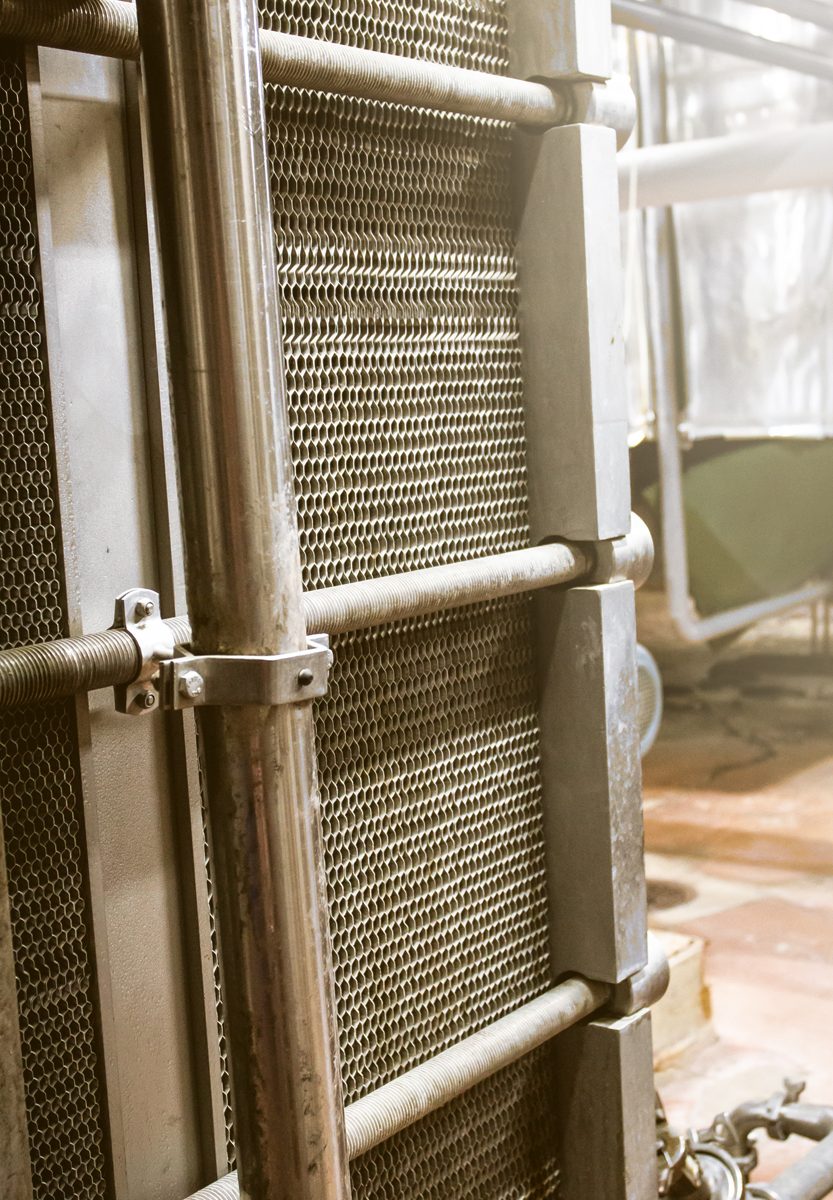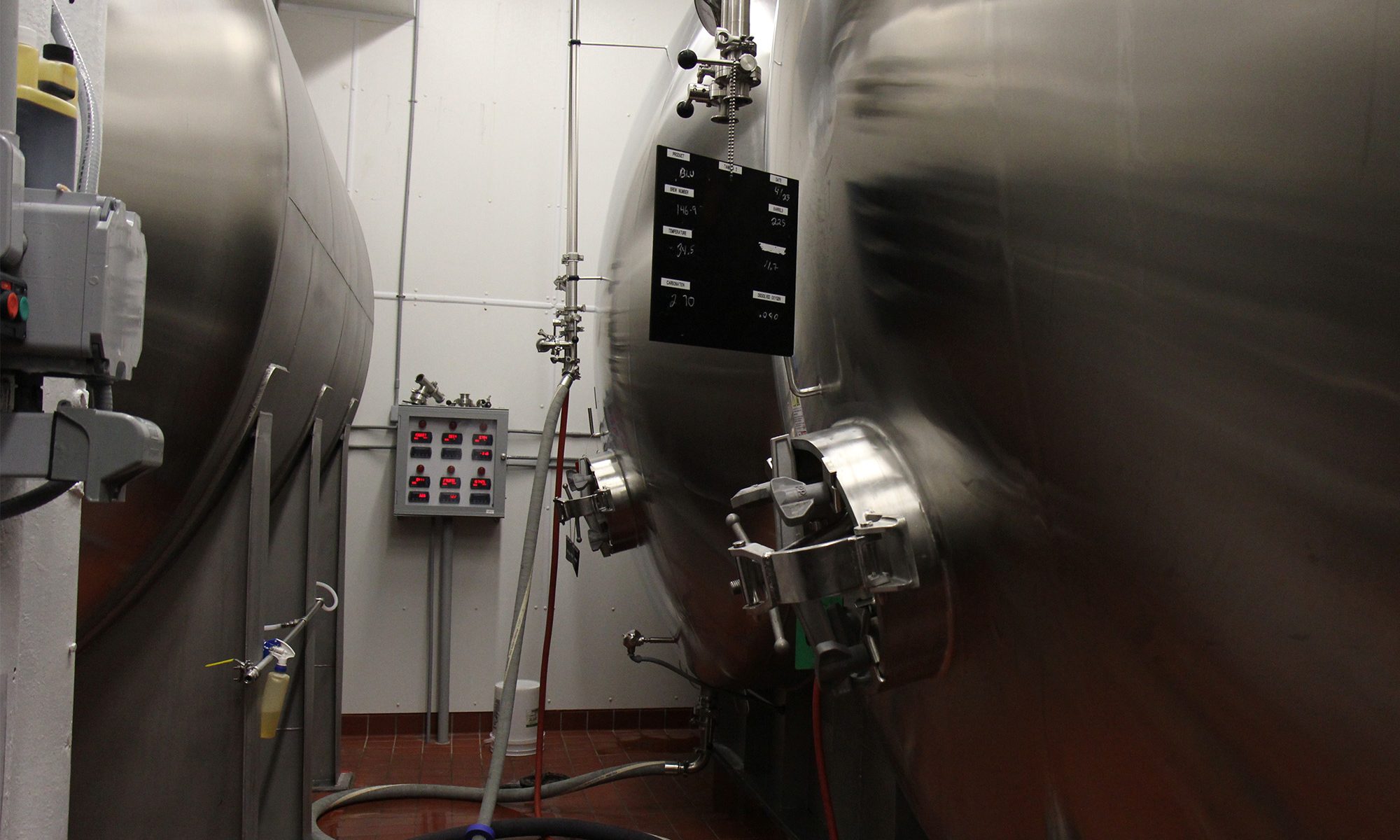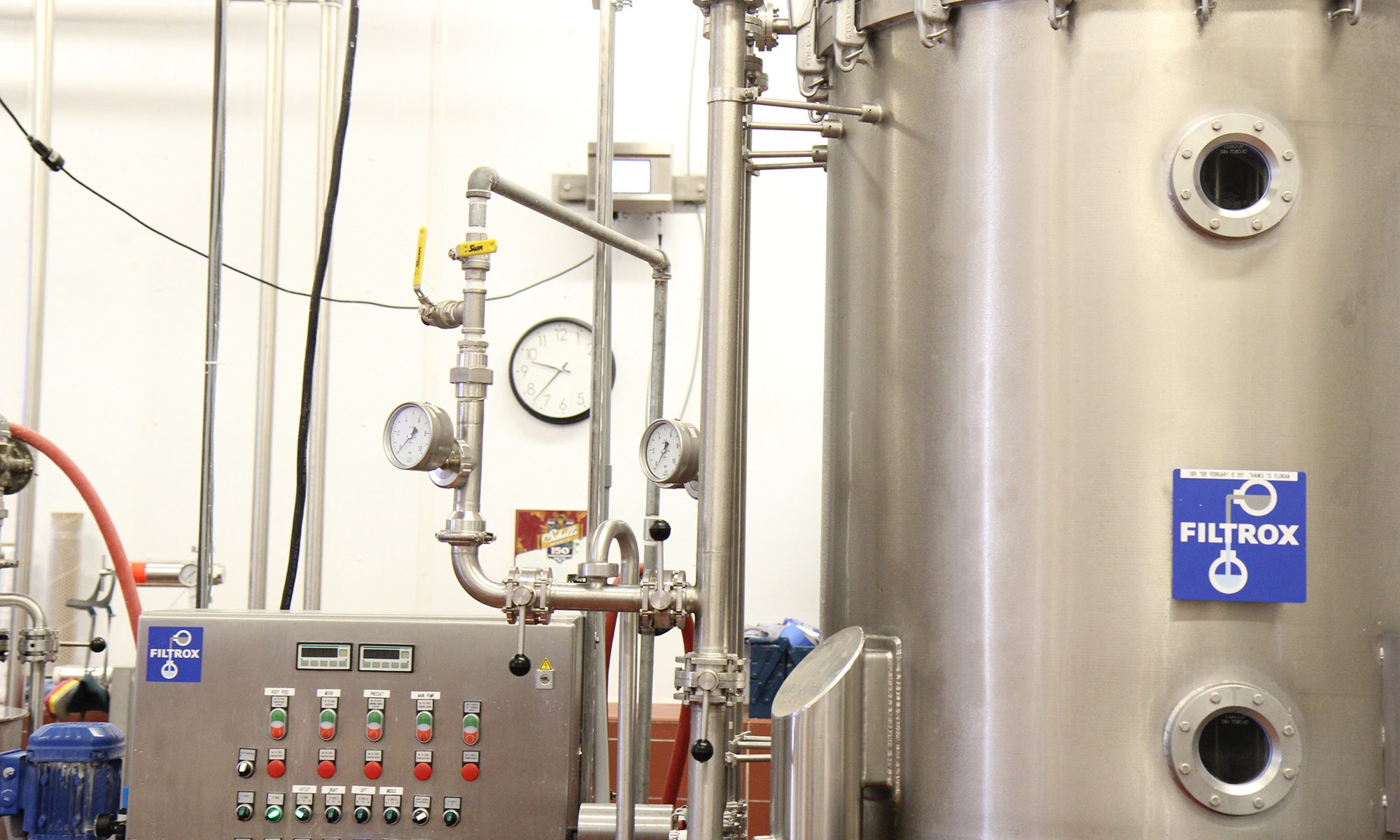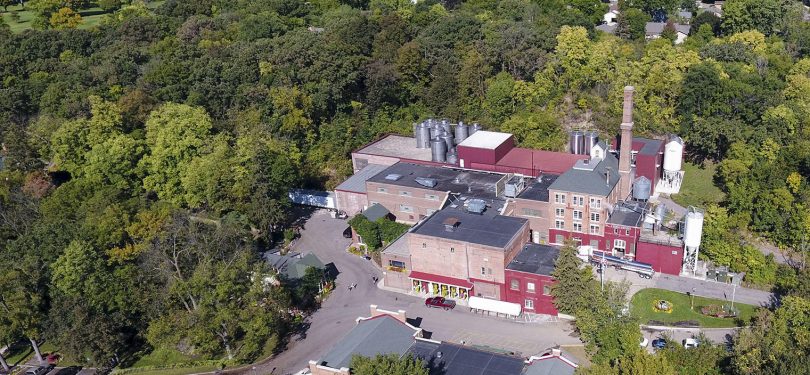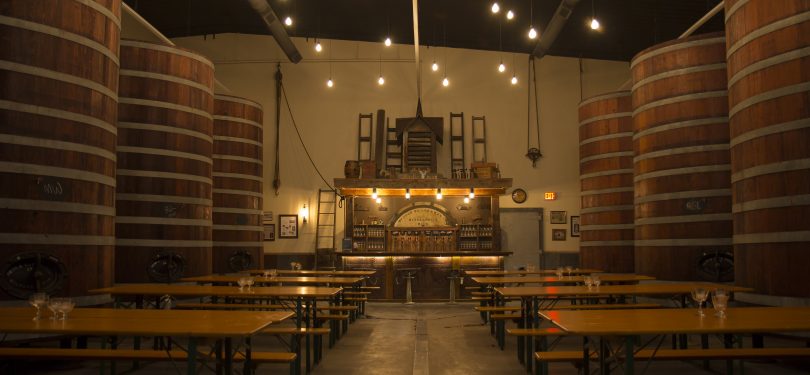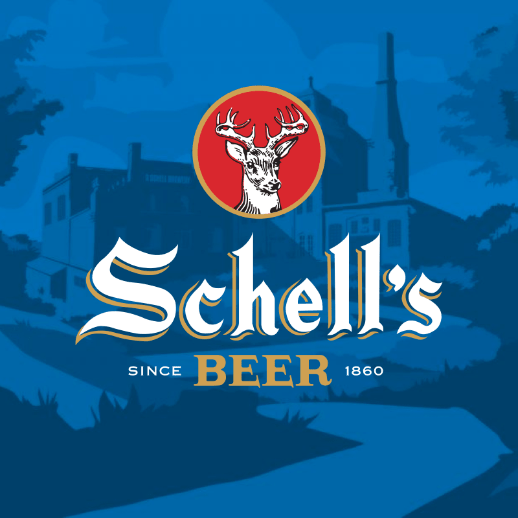Back To Our Roots
Our founder, August Schell, came to America from the Black Forest. He searched high and low, but couldn't find a good beer quite like his typical German craft. Many beer styles we see today originated in Europe and we have drawn quite a bit of inspiration from our roots over the years. Let’s face it, the Europeans knew what they were doing. Now it’s our turn!
Milling
We mill the grains to separate the husk from the seed and expose the endosperm. This allows malt enzymes to convert starch to sugar during the mashing process.
Mashing
Once the grains have been milled, they are mixed with hot water so the malt enzymes will convert the starches into sugars in preparation for fermentation.
Lautering
The process of lautering is necessary to separate the grain from the sugar water. The spent grain is then sent to local farmers to feed their cattle and the remaining liquid is called the wort.
Boiling
Once the wort has been separated it needs to boil in the kettle for various reasons. The boiling process sterilizes the wort, denatures the malt enzymes, isomerizes hops added to provide bitterness, removes undesirable volatiles, creates flavor compounds through maillard reactions, and precipitates proteins.
Whirlpooling
This is a way to separate the hops and coagulated proteins from the wort.
Wort Cooling
When the wort is done in the whirlpool it is still at boiling temperature and has to be cooled down to fermentation temperature.
Fermentation
Once the wort has been cooled, yeast is added and creates alcohol and carbon dioxide because of the sugar in the wort.
Maturation/Lagering
After fermentation has been completed, the young beer is cooled to a temperature near freezing so it can mature.
Filtration
When the lagering is complete, the beer is filtered to remove the yeast and create a brilliant appearance before being packaged.
